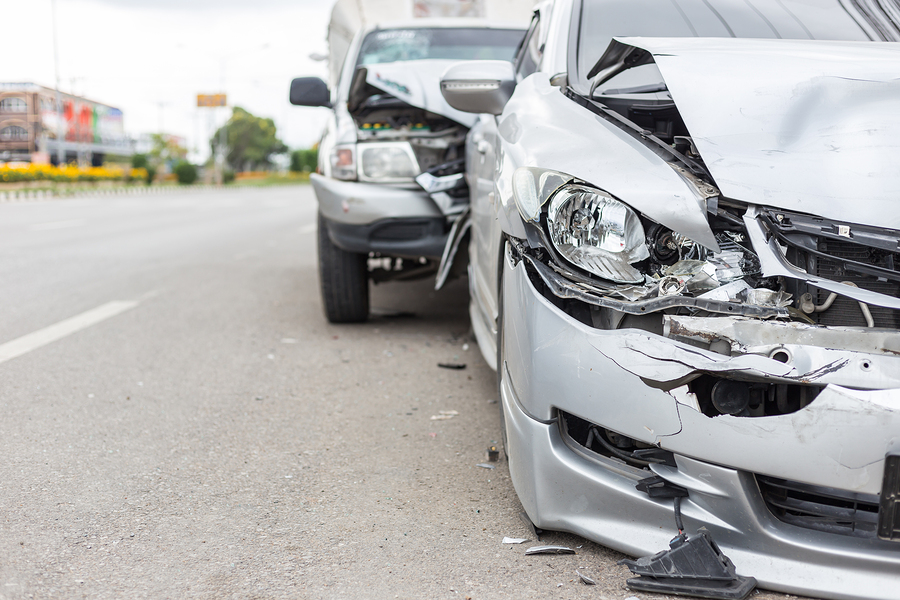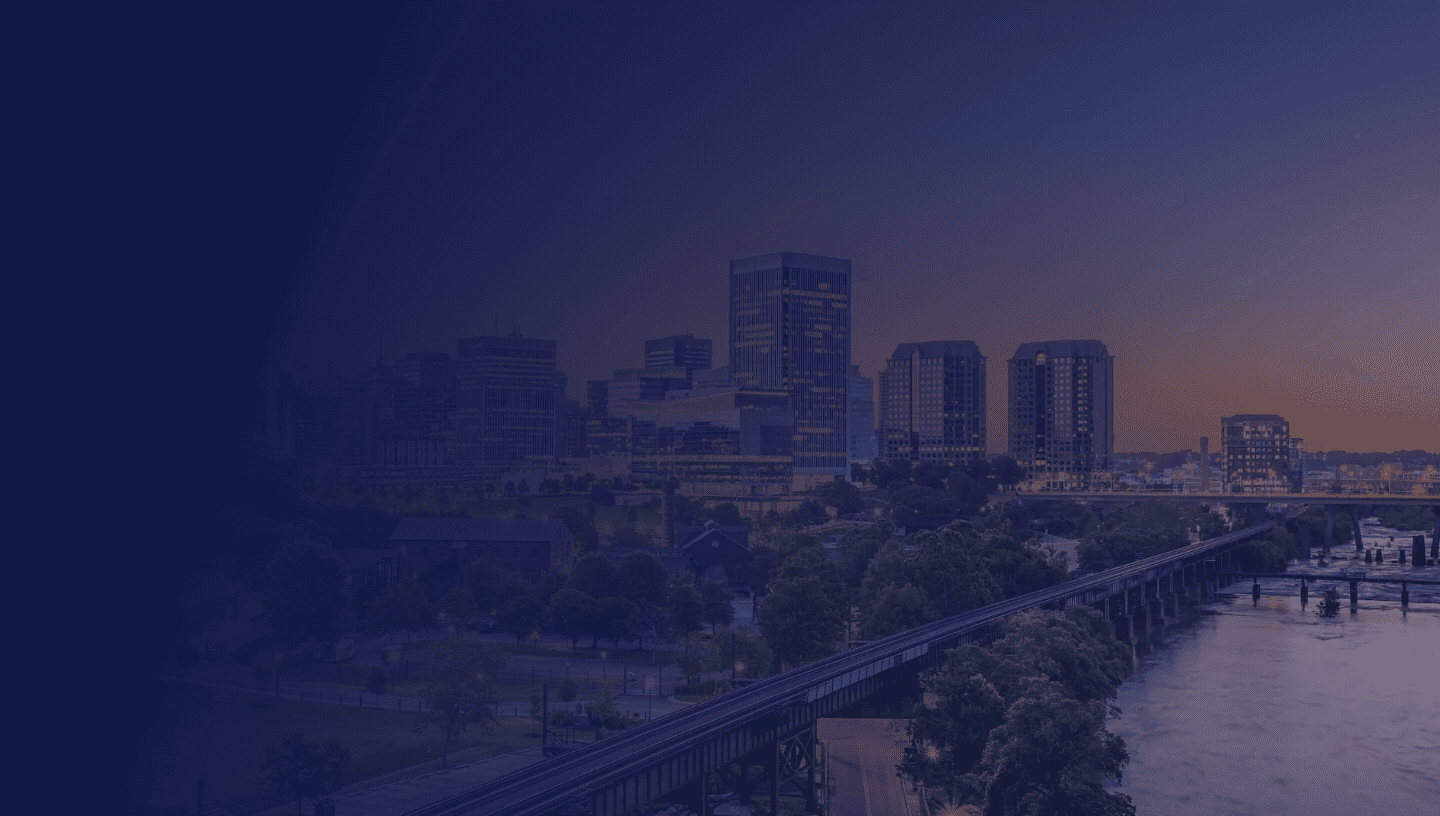T-bone collisions typically occur in intersections, though they can happen anywhere on the road. During a T-bone collision, one vehicle strikes another directly in the side, which can cause severe injury to the inhabitants of the second vehicle. How do T-bone collisions occur, and who bears liability for them? If you do get into a T-bone collision, how do you know which driver’s negligence caused the accident?
Usually, police officers can easily determine liability in a T-bone collision, since the liable driver’s vehicle most often strikes the side of the other driver. Most often, these accidents occur at intersections as one driver pulls through it before another vehicle has time to exit it. However, several causes may contribute to a T-bone collision.
1. Driver Distraction
Driver distraction serves as the most frequent cause of many types of accidents. Distracted drivers may look down for just a moment, whether to check a cell phone or take care of another task and end up pulling through the intersection without taking the time to determine whether they have enough room or even have the right of way. In some cases, distracted drivers may not even notice the intersection until they hit another vehicle.
Distracted driving often involves texting or using a smartphone and driving, but drivers may also face distraction as they change radio channels, program a GPS, or even eat or drink in the vehicle.
2. Brake Failure
Sometimes, a driver may attempt to stop while pulling up to an intersection but cannot bring the vehicle to a safe stop. Brake failures can occur without warning, though the brakes may also show signs of deterioration, like taking longer than usual to stop, for some time before the accident. In the case of brake failure, sometimes, the vehicle owner bears liability—for failing to conduct proper maintenance on the vehicle, for example.
Other times, however, a brake failure may occur because the driver took the vehicle to a mechanic, who supposedly fixed the brakes, but who did not perform the needed repairs to the vehicle. In that case, a mechanic who certified the vehicle as road-worthy without actually fixing it could bear liability for the accident. If the brake failure occurs from a manufacturer error, the manufacturer might share liability for the accident.
If you suffer injuries in a T-bone collision involving a brake failure, consulting a personal injury attorney can help you better determine how the failure may have occurred and, therefore, who may share liability for your accident.
3. Speeding
At a high rate of speed, many types of accidents become more likely, including T-bone collisions. A speeding driver may have a hard time observing what happens around him, including noting the presence of an intersection. He may not have the ability to stop fast enough when he recognizes the other vehicle in the intersection.
High rates of speed can also increase the severity of an accident since a high rate of speed means more force involved in the accident. On unfamiliar roads, many speeding drivers may not recognize those intersections.
4. Ignoring Traffic Signs
Some drivers may choose to ignore traffic signs. Slowing down for an intersection increases the time drivers need to get to their destinations. Some drivers may choose not to stop for red lights and stop signs. Failure to stop, however, could mean that the driver misses another vehicle in the intersection, resulting in severe injury.
Often, drivers ignore traffic signs and signals because they want to reach their destination faster, often due to a tight timeline or because of aggressive driving behaviors. Drivers may also fail to note traffic signs because of a distraction. Distracted drivers have a greater overall risk of missing important intersections.
5. Poor Weather Conditions
Weather conditions can make it much harder to come to a safe stop, especially if the driver speeds. Virginia gets, on average, 44 inches of rain per year. The state also sees around 14 inches of snow per year. Because it snows in Virginia infrequently, many drivers do not know how to safely drive on icy roads. Even minor rainfall can make the roads more slippery, which may make it more difficult for drivers to maneuver safely.
Heavy rain can interfere with visibility, preventing drivers from seeing the presence of an intersection or even causing their vehicles to hydroplane, which can result in a T-bone collision before drivers have a chance to regain control of their vehicles.
In dangerous weather conditions, drivers may try to stop, but end up sliding through the intersection and striking another vehicle. Dangerous weather can also make it more difficult to predict other drivers’ behavior since some drivers will proceed more cautiously than others.
6. Improper Merging Behavior/Failure to Yield

When merging into traffic on a highway or interstate, drivers must carefully judge the location of the other driver, the condition of the road, and how much room they have to move over. Drivers must yield to oncoming traffic. If they cannot yield safely, they may need to stop, rather than trying to force their way into traffic.
A driver who tries to force his way into traffic may cause an accident as he slams into the side of another vehicle. T-bone collisions can also occur as drivers attempt to change lanes without looking.
If you suffer injuries in a T-bone collision due to someone else’s negligence, you may have the right to seek compensation for those injuries. A lawyer can help you learn more about your right to compensation and guide you through the process of filing a personal injury claim. Contact an experienced Richmond car accident lawyer as soon after your accident as possible to help protect your rights.
Contact us today to discuss your case or call our office at (804) 358-1568.


